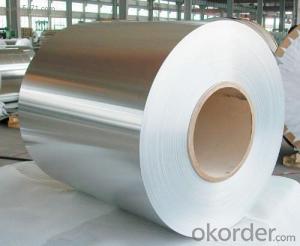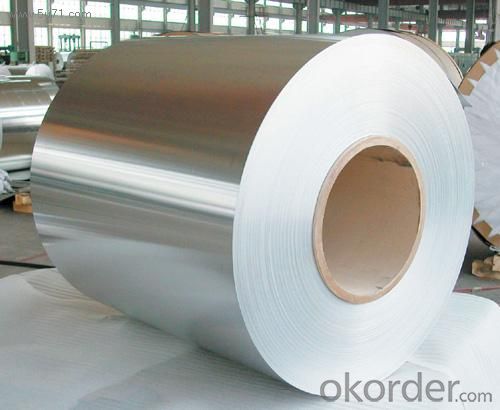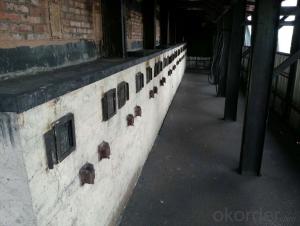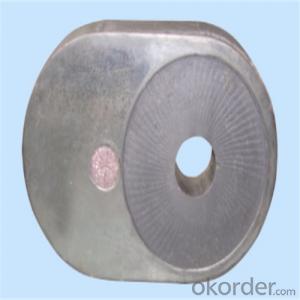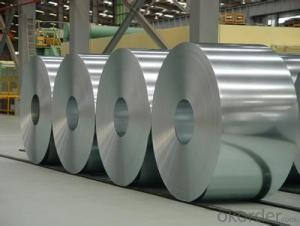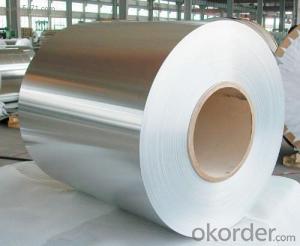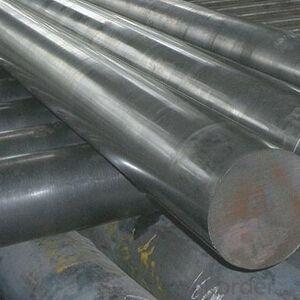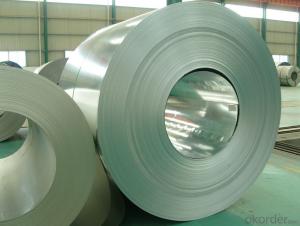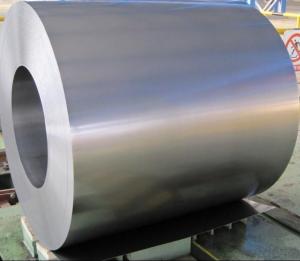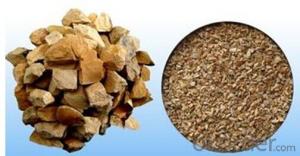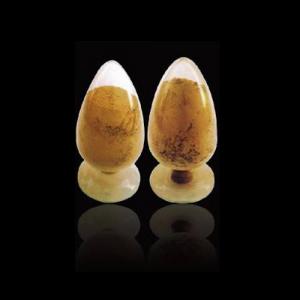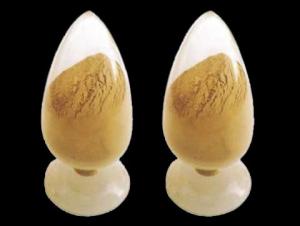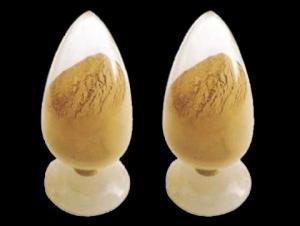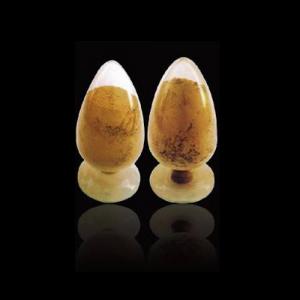Monolithic Refractories for Iron and Steel Industry - Hot-dip Zinc Coating Steel Building Roof Walls with Excellent Process Capability
- Loading Port:
- China main port
- Payment Terms:
- TT OR LC
- Min Order Qty:
- 50 m.t.
- Supply Capability:
- 10000 m.t./month
OKorder Service Pledge
OKorder Financial Service
You Might Also Like
Hot-dip Zinc Coating Steel Building Roof Walls--Excellent Process Capability
1.Structure of Hot-Dip Galvanized Steel Sheet Description:
Hot-dip galvanized steel coils are available with a pure zinc coating through the hot-dip galvanizing process. It offers the economy, strength and formability of steel combined with the corrosion resistance of zinc. The hot-dip process is the process by which steel gets coated in layers of zinc to protect against rust. It is especially useful for countless outdoor and industrial applications. Production of cold formed corrugated sheets and profiles for roofing, cladding, decking, tiles, sandwich walls, rainwater protective systems, air conditioning duct as well as electrical appliances and engineering.
2.Main Features of the Hot-Dip Galvanized Steel Sheet:
• Excellent process capability
• Smooth and flat surface
• Workability, durability
• Good visual effect
3.Hot-Dip Galvanized Steel Sheet Images
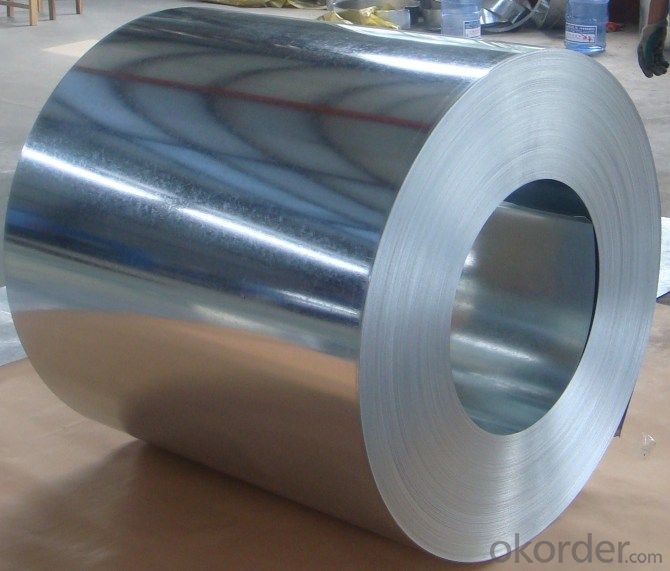
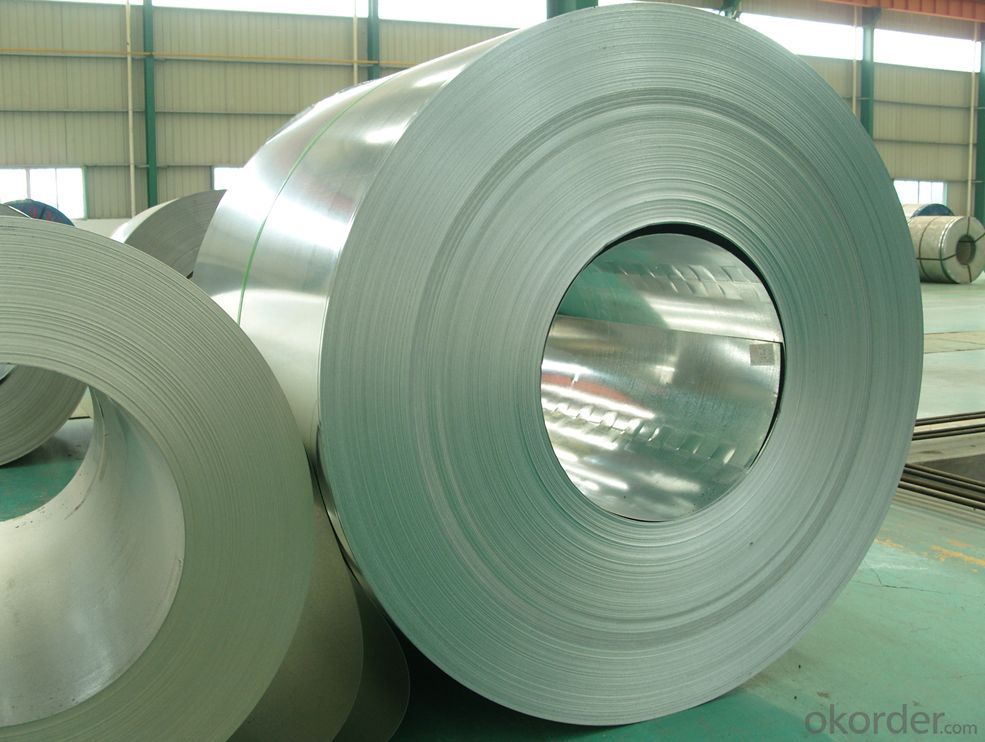
4.Hot-Dip Galvanized Steel Sheet Specification
Standard: ASTM, JIS,EN
Grade: CS, DX51D+Z,SGCC, SS 230~550,S220GD+Z~S550GD+Z, SGC340~SGC570
Thickness: 0.18mm~5mm
Width: max 2000mm
Coil weight:3-12 MT
Coil ID:508/610mm
Surface structure: zero spangle, regular spangle or minimum spangle
Surface treatment: Chromate treatment, Oiled/dry, skinpassed/non-skinpassed
5.FAQ of Hot-Dip Galvanized Steel Sheet
1.How to guarantee the quality of the products?
We have established the international advanced quality management system,every link from raw material to final product we have strict quality test.
2. How long can we receive the product after purchase?
Usually within thirty working days after receiving buyer’s advance payment or LC. We will arrange the factory manufacturing as soon as possible. The cargo readiness usually takes 15-30 days, but the shipment will depend on the vessel situation.
- Q: How do monolithic refractories perform in ladle lining applications in the iron and steel industry?
- Due to their excellent performance and durability, monolithic refractories are extensively utilized in ladle lining applications within the iron and steel industry. These refractories, which consist of a single material composition, offer numerous advantages over traditional brick linings. One significant benefit of employing monolithic refractories in ladle lining applications is their exceptional resistance to thermal shock. Ladles in the iron and steel industry experience extreme temperature fluctuations during the steelmaking process, including the pouring of molten metal and subsequent cooling. To guarantee the integrity of the ladle lining, monolithic refractories are specifically designed to endure these rapid temperature changes without cracking or spalling. In addition to their thermal shock resistance, monolithic refractories also demonstrate excellent resistance to chemical attack. The lining materials of ladles in the iron and steel industry are exposed to highly corrosive molten metal and slag, which can degrade over time. Nevertheless, monolithic refractories are formulated with high-quality raw materials that provide exceptional chemical stability, preventing the erosion and penetration of corrosive substances. Moreover, monolithic refractories offer superior mechanical strength in comparison to traditional brick linings. This is particularly crucial in ladle lining applications, as the lining must withstand the weight of the molten metal and the mechanical stresses associated with ladle handling and transportation. Monolithic refractories possess excellent load-bearing capabilities, ensuring the structural integrity of the ladle lining even under heavy loads. Another advantage of monolithic refractories is their ease of installation. Unlike brick linings, which require meticulous bricklaying, monolithic refractories can be installed using various techniques, such as gunning or casting. This allows for faster and more efficient lining repairs or replacements, reducing downtime during ladle maintenance. Consequently, iron and steel manufacturers can achieve increased productivity and cost savings. In conclusion, monolithic refractories perform exceptionally well in ladle lining applications within the iron and steel industry. Their resistance to thermal shock and chemical attack, superior mechanical strength, and ease of installation make them an ideal choice for ensuring the longevity and reliability of ladles in steelmaking operations.
- Q: How are monolithic refractories recycled or disposed of at the end of their lifespan?
- Monolithic refractories, widely utilized in high-temperature industrial applications, offer various means of recycling or disposal once their lifespan concludes. The preferred approach depends on the specific monolithic refractory type and its composition. Reclamation stands as a common method for recycling monolithic refractories. This process entails collecting used refractory materials and subjecting them to processing to eliminate any impurities or contaminants. The resultant reclaimed refractory material can then be crushed, ground, or milled into a fine powder suitable for utilization as a raw material in manufacturing new refractories. Thermal treatment represents an alternative means of recycling monolithic refractories. This method involves exposing the used refractory material to high temperatures within a controlled environment, such as a kiln or furnace. The heat effectively breaks down the refractory material, eliminating any binders or impurities. The resulting material can then be reused as a raw material or integrated into other applications, such as construction aggregates. When recycling is not feasible, specialized facilities designed for handling and treating hazardous waste offer a disposal avenue for monolithic refractories. These facilities ensure the proper containment and treatment of the refractory material, minimizing any potential environmental impact. This disposal method is typically reserved for refractories containing hazardous substances or those that cannot be recycled due to their composition. It is important to emphasize that the appropriate disposal or recycling method for monolithic refractories must adhere to local regulations and guidelines. These regulations aim to ensure the safe handling, treatment, and disposal of these materials, taking into account their potential environmental and health effects. Therefore, industries and businesses must collaborate closely with waste management professionals and adhere to the appropriate procedures to responsibly manage monolithic refractories at the end of their lifespan.
- Q: How do monolithic refractories contribute to the overall efficiency of ladles and tundishes?
- Monolithic refractories play a crucial role in enhancing the overall efficiency of ladles and tundishes in several ways. Firstly, monolithic refractories offer superior thermal insulation, reducing heat losses and enhancing heat retention within the ladles and tundishes. This helps in maintaining the desired temperature of the molten metal for extended periods, minimizing energy consumption and ensuring consistent casting quality. Secondly, monolithic refractories provide excellent resistance to chemical corrosion and erosion from molten metals and slag, thereby extending the service life of ladles and tundishes. This reduces the frequency of refractory repairs or replacements, leading to cost savings and increased operational efficiency. Additionally, monolithic refractories can be easily installed or repaired, saving time and labor compared to traditional brick or precast refractory lining methods. This contributes to minimizing downtime during maintenance or relining activities, allowing for continuous production and maximizing overall productivity. Overall, monolithic refractories enhance the efficiency of ladles and tundishes by improving thermal insulation, increasing resistance to chemical corrosion, reducing maintenance downtime, and extending the service life of these essential equipment in the metal casting process.
- Q: How do monolithic refractories impact the overall productivity of iron and steel operations?
- Monolithic refractories play a crucial role in enhancing the overall productivity of iron and steel operations. These refractories are specially designed to withstand extreme temperatures, chemical reactions, and mechanical stress that occur during the production process. One significant impact of monolithic refractories on productivity is their ability to reduce downtime and increase operational efficiency. The high thermal conductivity and resistance to thermal shock of these refractories enable them to maintain stable temperatures within the furnace, preventing sudden temperature fluctuations that can cause equipment failure and production delays. This, in turn, ensures a continuous and uninterrupted production process, leading to increased productivity. Moreover, monolithic refractories offer superior corrosion resistance, preventing the erosion and degradation of furnace linings. This resistance to chemical attacks from molten metals and slag helps prolong the lifespan of the refractory lining, reducing the frequency of repairs and replacements. Consequently, the reduced maintenance requirements translate into less downtime and higher productivity for iron and steel operations. Additionally, monolithic refractories facilitate faster installation and repair processes compared to traditional brick refractories. Their fluid-like nature allows for easy application and shaping, resulting in shorter installation and curing times. This quick turnaround time minimizes production interruptions during repairs or maintenance, further enhancing overall productivity. Furthermore, the use of monolithic refractories can optimize energy consumption in iron and steel operations. Their excellent insulation properties help retain heat within the furnace, reducing heat loss and energy waste. This leads to improved energy efficiency and cost savings, contributing to increased productivity and profitability. In summary, monolithic refractories have a significant impact on the overall productivity of iron and steel operations. Their ability to withstand extreme conditions, reduce downtime, resist corrosion, facilitate quick repairs, and optimize energy consumption all contribute to improved efficiency and productivity in the industry.
- Q: How do monolithic refractories improve the efficiency of ladle and tundish preheating furnaces?
- Monolithic refractories greatly contribute to the efficiency of ladle and tundish preheating furnaces. These refractories, made from a single material, are easily installed, repaired, and replaced, making them versatile and cost-effective. The efficiency of these furnaces is improved thanks to the outstanding thermal insulation properties of monolithic refractories. With low thermal conductivity, they effectively retain heat and prevent its escape. This insulation capability ensures an efficient preheating process, reducing energy consumption and costs by minimizing heat loss. Additionally, monolithic refractories possess high thermal shock resistance, which is crucial in ladle and tundish preheating furnaces. These furnaces experience rapid temperature changes during the pouring of molten metal, which can lead to cracking or failure of traditional refractories. However, monolithic refractories are specifically designed to withstand thermal shock, remaining intact and maintaining their insulating properties even in extreme conditions. This durability reduces downtime and maintenance requirements, thus enhancing overall efficiency. Furthermore, monolithic refractories provide a seamless and uniform lining surface, improving heat transfer within the furnace. The absence of joints or seams reduces the risk of heat leakage and ensures even distribution of heat throughout the lining. This promotes uniform heating of the ladle or tundish, allowing for more efficient preheating and better temperature control. In conclusion, the use of monolithic refractories in ladle and tundish preheating furnaces results in improved efficiency due to their exceptional thermal insulation properties, high thermal shock resistance, and ability to provide a seamless and uniform lining. These refractories minimize heat loss, reduce energy consumption, and enhance the overall performance of the preheating process.
- Q: How do monolithic refractories handle thermal expansion and contraction?
- Thermal expansion and contraction pose challenges that monolithic refractories are specifically designed to tackle. Unlike traditional brick or tile refractories, these materials are composed of a single solid structure. This unique composition allows them to better accommodate the thermal stresses associated with temperature changes. One method employed by monolithic refractories to manage thermal expansion and contraction is their ability to endure high temperatures. These materials are engineered to have a high melting point, enabling them to preserve their structural integrity even in extreme heat conditions. This characteristic prevents them from cracking or disintegrating due to thermal expansion. Additionally, monolithic refractories often contain a binder or bonding agent that holds the refractory particles together. This binder can be formulated to possess a certain level of flexibility, enabling the material to expand and contract without incurring cracks or breaks. This flexibility aids in absorbing the stresses caused by thermal expansion and contraction, ensuring the long-lasting performance of the refractory. Furthermore, monolithic refractories can be applied in a manner that allows for expansion and contraction. Installers can leave joints or gaps between sections, which accommodate the movement caused by temperature changes. This technique, referred to as joint design or expansion joint systems, permits the refractory to expand and contract without causing any harm to the overall structure. Overall, monolithic refractories are designed to handle thermal expansion and contraction by withstanding high temperatures, incorporating flexible binders, and employing joint design techniques. These properties enable them to maintain their structural integrity and performance in extreme heat conditions, making them a reliable choice for applications that necessitate resistance to thermal stress.
- Q: How do monolithic refractories prevent thermal radiation in the iron and steel industry?
- Monolithic refractories play a vital role in the iron and steel industry by preventing thermal radiation. Thermal radiation is the transfer of heat energy through electromagnetic waves and poses a significant challenge due to the industry's high temperatures. Monolithic refractories are refractory materials that come in a single piece and are designed with exceptional thermal insulation properties. They have low thermal conductivity, meaning they do not conduct heat well. This quality allows them to act as a barrier against thermal radiation. In the iron and steel industry, monolithic refractories are commonly used as linings in furnaces, ladles, and other equipment exposed to extreme temperatures. These linings act as protective layers, preventing heat from escaping and reducing the emission of thermal radiation. Furthermore, monolithic refractories have high emissivity, which means they can absorb and re-emit thermal radiation effectively. This characteristic enables them to capture and contain heat within the equipment, minimizing the amount of radiation that escapes into the surroundings. By preventing thermal radiation, monolithic refractories help maintain the desired temperatures during the iron and steel production process. This is crucial for achieving efficient and controlled operations, as well as ensuring the quality of the final products. Moreover, the use of monolithic refractories in the iron and steel industry also contributes to energy savings. By reducing heat loss through thermal radiation, less energy is needed to maintain the desired temperatures, resulting in lower energy consumption and cost savings. In conclusion, monolithic refractories are indispensable for preventing thermal radiation in the iron and steel industry. Their excellent thermal insulation properties, low thermal conductivity, and high emissivity make them effective barriers against heat transfer through radiation. By minimizing heat loss and ensuring controlled temperatures, monolithic refractories contribute to efficient operations, high-quality products, and energy savings.
- Q: How do monolithic refractories protect the lining of ladles and tundishes?
- Monolithic refractories protect the lining of ladles and tundishes by forming a strong and durable barrier against high temperatures, chemical reactions, and mechanical stresses. These refractories are designed to be resistant to thermal shock and erosion, ensuring that the lining remains intact and unaffected by the molten metal or slag. They also provide insulation, minimizing heat loss and reducing energy consumption. Overall, monolithic refractories act as a reliable shield, extending the lifespan of the ladles and tundishes and preventing any detrimental effects on the lining.
- Q: How do monolithic refractories help in enhancing the durability of iron and steel equipment?
- Monolithic refractories help enhance the durability of iron and steel equipment by providing a protective lining that withstands high temperatures, chemical corrosion, and mechanical stress. This lining acts as a barrier, preventing the contact between the equipment and harsh operating conditions, thus minimizing wear and extending the lifespan of the equipment.
- Q: What are the recommended installation techniques for monolithic refractories?
- The installation techniques for monolithic refractories depend on the specific type and application of the refractory material. However, there are general guidelines that can be followed for most installations of monolithic refractories. 1. Surface Preparation: Prior to installing monolithic refractories, it is essential to ensure that the surface is clean, dry, and free from loose particles or contaminants. This can be accomplished by removing any existing refractory materials, thoroughly cleaning the surface, and allowing it to completely dry. 2. Mixing: Monolithic refractories are typically supplied in either a dry or wet form, depending on the specific material. If the refractory is in a dry form, it must be mixed with water or a suitable liquid binder to achieve a workable consistency. It is important to follow the manufacturer's guidelines for the correct mixing ratio and duration to ensure proper bonding and setting of the refractory material. 3. Application: The technique for applying monolithic refractories can vary depending on the specific material and desired installation method. Some common techniques include troweling, gunning, ramming, and casting. - Troweling: This involves manually applying the refractory material with a trowel, typically used for thin linings or patching small areas. - Gunning: Gunning is a method of applying refractory material using a gunning machine or handheld gun. It is suitable for large areas or areas that are difficult to access. The refractory material is mixed with water or a liquid binder and sprayed onto the surface at a high velocity. - Ramming: Ramming involves compacting the refractory material into place using a ramming tool or pneumatic hammer. It is commonly used for forming furnace linings or repairing damaged areas. - Casting: Casting refers to pouring the refractory material into a mold to create a desired shape or lining. It is often used for complex shapes or large-sized components. 4. Curing and Drying: Once the refractory material is applied, it must be properly cured and dried to achieve its maximum strength and thermal properties. The curing and drying process may vary depending on the specific material, but typically involves controlled heating at a gradual rate to eliminate any remaining moisture and allow the refractory to set and harden properly. It is important to note that these are general guidelines, and it is always recommended to consult the manufacturer's instructions and specifications for the specific monolithic refractory material being used. Following the recommended installation techniques will help ensure the proper performance and longevity of the refractory lining.
Send your message to us
Monolithic Refractories for Iron and Steel Industry - Hot-dip Zinc Coating Steel Building Roof Walls with Excellent Process Capability
- Loading Port:
- China main port
- Payment Terms:
- TT OR LC
- Min Order Qty:
- 50 m.t.
- Supply Capability:
- 10000 m.t./month
OKorder Service Pledge
OKorder Financial Service
Similar products
Hot products
Hot Searches
Related keywords
